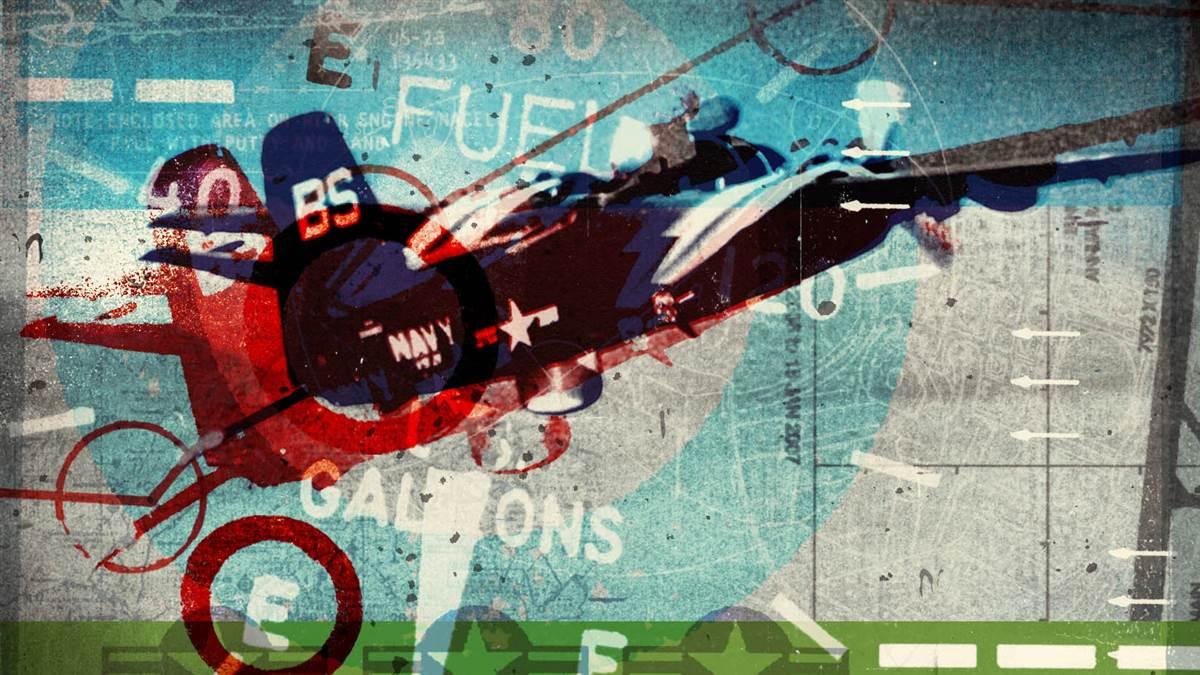Flight Lesson: Pressing On
When winds aren’t what you expected, reassess—and speak up

By Don Bauermeister
In January 1955 I had just completed U.S. Navy flight training, receiving my ensign commission and wings, and was assigned to an antisubmarine-warfare squadron at Naval Auxiliary Air Station Brown Field in Chula Vista, California. The squadron had recently received Grumman S–2Fs and I was gaining familiarity with the airplane and adapting to my new rank.
The squadron had a requirement of 30 hours in the airplane before being able to fly as a co-pilot on a cross-country, and I had just met the 30 hours when a squadronmate asked if I would like to accompany him on a flight to Dallas. I was anxious to get more time in the airplane and to improve my skills, so I willingly accepted the offer.
The planned flight was to take off early, file IFR for practice, fly to El Paso, refuel, and continue on to Dallas to stay overnight and return the following day. The flight to Dallas was uneventful.
On the return flight, the leg from Dallas to El Paso in my logbook shows an elapsed time of 3.2 hours. That should have alerted us to use planning that better accounted for winds, as the outbound leg to Dallas had taken only 2.8 hours.
On leaving El Paso for San Diego there was blowing dust with VFR conditions, but weather started to deteriorate. By the time we flew over El Centro, California, we were in a broken layer with an overcast layer ahead. I had already made some ordinance flights to El Centro, so seeing the field through the broken layer, I suggested it might be wise to take on some fuel—because San Diego was overcast with a 1,200-foot ceiling. My suggestion went unheeded.
Somewhere east of San Diego the red Fuel Low Level lights came on and we were cleared to hold on the north leg of the radio range. Our navigation radio was low-frequency radio range. I had been listening to the low-frequency range for the Morse code A or N signal, indicating either right or left of course, and a steady tone to indicate on course. Since radio traffic had picked up, the pilot asked me to navigate while he listened to the UHF for communication from flight service.
We had just completed one orbit in the holding pattern when we were cleared for the approach to Naval Air Station North Island, and when we broke out at approximately 800 feet with runway lights dead ahead, I reached up and placed the gear handle down. A few seconds later the pilot said he had the controls and had canceled our IFR plan and was going to Brown Field VFR.
We had a very strong crosswind at Brown Field favoring Runway 26, and after being too close abeam and nearly taking a wave-off for the angled approach, we managed to land the airplane. But upon attempting to add power for taxi while still on the runway, the right engine quit from fuel starvation. We had to ask for a tow to the line. My logbook entry shows 3.5 hours from Brown Field to El Paso; the return flight shows 4.5 hours over the same distance, which shows the strong wind encountered.
This lesson on being assertive when necessary was nearly too late, but it has carried on throughout my aviation career.



